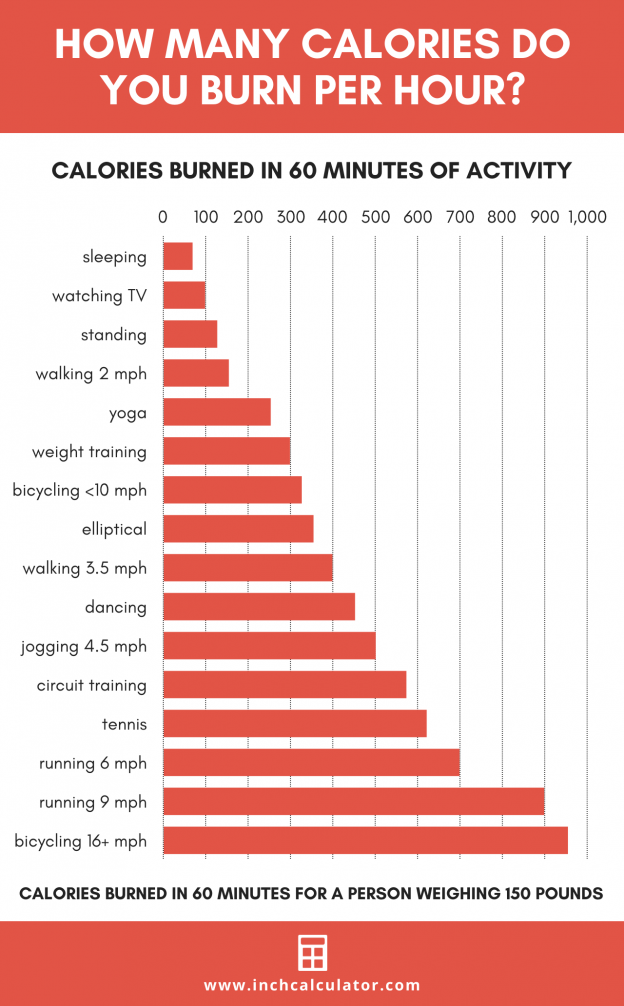

Carry a bottle of water with you on the walk.Make sure to drink plenty of water before you start to walk, no matter how short the distance.

The same can be done by increasing the resistance on a stationary bicycle ergometer to simulate pedaling up a hill.” A higher intensity can be achieved when walking on a treadmill by adjusting the incline to provide more resistance, similar to walking up a hill. “As opposed to distance covered, the higher the intensity of your workout, the greater the impact on your cardiovascular endurance or aerobic fitness,” Perry said. She recommends walking at a “comfortable pace” and points out that the comfort level will be different for everyone. “The hunger eventually returns, but right after you exercise you will not feel very hungry,” said Perry.
30 MINUTES BRISK WALKING CALORIES BURNED FREE
The fat is broken down to free fatty acids that flood into your circulation and to alleviate hunger. Perry said that this is because the body is breaking down triglycerides (fats) for energy. In other words, the more steps or miles taken, the more calories burned. The benefits of walking are many but the most basic one is that calorie expenditure is “distance” dependent.

That translates to 300 minutes a week, twice the recommended rate. However, Perry said that successful weight losers who shed a minimum of 30 pounds and kept it off for more than one year, generally exercised five days per week for 60 minutes per day. Department of Health and Human Services in its Physical Activity Guidelines for Americans recommend adults perform moderate-intensity aerobic exercise such as a brisk walk a minimum of 30 minutes, five days per week (or a total of 150 minutes) to reduce the risk of disease later in life. Jogging or running puts more stress on the knees, ankles, and other bodily joints, while most people of all ages can enjoy walking. Perry said that walking is a safe, less impactful kind of exercise that puts less strain on joints. “I would say to everyone, ‘Get a dog and walk that dog as much as you can,’ ” she said. Other studies show that walking can help manage stress and improve mood by releasing endorphins, chemicals produced by the body that can create a feeling of well-being.Īrlette Perry, professor of kinesiology and sport sciences at the University of Miami School of Education and Human Development, said that walking is a great exercise. Studies have also shown that walking at a continuous pace for at least 35 minutes, three times a week, combined with a Mediterranean diet, improved the scores on thinking tests of subjects who had cognitive deficiencies. But many don’t know that it also can ease joint pain, boost the immune functions of the body, and even reduce the risk of developing breast cancer in women, according to medical experts.

We know that walking can help with weight management and heart health. Walking and running are both acceptable activities that increase EE above rest and can be performed without the expense of a health club membership and meet adequate kilojoule expenditure according to American College of Sports Medicine guidelines.Experts say that walking is the best exercise available, yet one of the most underrated. Postexercise EE returned to resting values 10 minutes after the walk and 15 minutes after the run. Total EE including excess postexercise EE was 463.34 ± 80.38 kilojoules and 664.00 ± 149.66 kilojoules for the walk and run, respectively. EE during exercise was 372.54 ± 78.16 kilojoules for the walk and 471.03 ± 100.67 kilojoules for the run. In addition, oxygen consumption was measured at rest for 10 minutes before exercise, during the walk and run, and after the walk and run for 30 minutes of recovery. Each participant completed a VO2max test. In addition, EE after the walk and run was compared. The purpose of this study was to compare the EE of individuals with average fitness during a walk and run for 1600 meters at 86 m Walking and running are 2 common aerobic activities that increase EE above resting values. Increased energy expenditure (EE) is a key component in maintaining a healthy body mass.


 0 kommentar(er)
0 kommentar(er)
